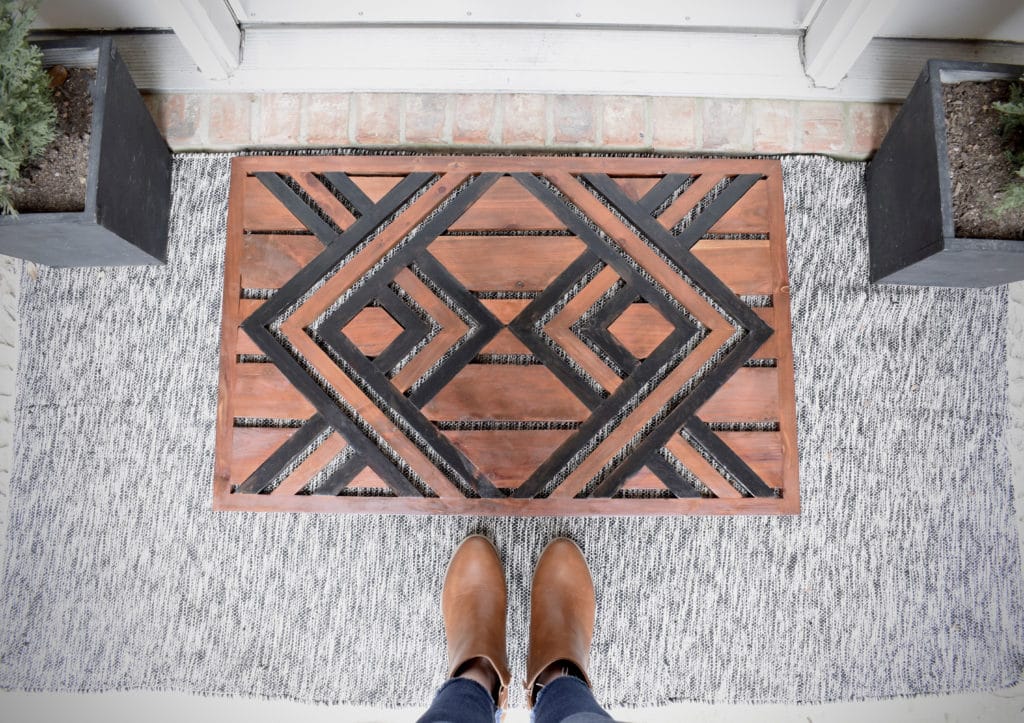A jointer is a woodworking tool that flattens and smooths rough lumber to create straight and even edges. It is used primarily in preparing wood for further processing, such as fitting pieces together or creating a flat surface for joinery work.
Woodworking requires a certain level of precision and accuracy. Whether you are working on a diy project or a professional carpenter, one tool you should not leave out of your arsenal is the jointer. Having a jointer is essential if you want to make sure your wood pieces have flat and smooth edges.
This tool works by removing a small amount of wood from the board’s high spots, creating an even surface from which to work. With this tool, you can produce straight and smooth edges that will be perfect for gluing or fitting together to create a solid finished product. Let us dive further into what a jointer does and how it can help you create beautiful and professional-looking woodwork.

Credit: www.theaccentpiece.com
How Does A Jointer Work?
A jointer is a tool used in woodworking to create flat and straight surfaces on boards. The cutting process involves passing the board over rotating knives fixed in the head, which scrapes off the high points until the surface is level.
The infeed table plays a vital role in ensuring a consistent depth of cut. The board feeds into the knives, and the level of the infeed table determines the amount of wood removed by the knives. The knives in the jointing process are essential.
The best knives are sharp, well-adjusted, and aligned to ensure a straight and smooth finish. Knowing how a jointer works is essential for achieving smooth and straight cuts in woodworking projects.
Benefits Of Using A Jointer
If you are a woodworking enthusiast, a jointer is a tool you should have in your arsenal. The benefits of using a jointer are numerous. One of the most significant advantages is the elimination of snipe in wood. This refers to the tendency for wood to become thinner at the beginning and end of a board.
The jointer ensures consistency in thickness throughout the entire board. Another benefit is the tool’s ability to smooth out rough edges. By doing so, the jointer creates a finely finished surface that aids in the longevity of the wood. If you haven’t already, investing in a jointer is a surefire way to enhance your woodworking skills.
Different Types Of Jointers
Jointers are woodworking tools that are used to create flat and straight surfaces on wood boards. There are three main types of jointers: benchtop jointers, handheld jointers, and floor-standing jointers. Benchtop jointers are lightweight and portable, making them suitable for smaller woodworking projects.
Handheld jointers are perfect for trimming edges and making precise cuts. Floor-standing jointers are the largest and most powerful type, capable of handling larger pieces of wood. When selecting the type of jointer to use, consider the type of woodworking project and the amount of space available for the jointer.
By using the right jointer, you can create flawless, flat surfaces on your wood projects, ensuring professional results.
Factors To Consider While Choosing A Jointer
When choosing a jointer, you need to consider several factors. The size of the jointer is an important consideration because it needs to be appropriate for the size of the workpieces you’re using. The motor strength needed depends on the type of wood you’re working with, but generally, a motor of at least 1-1/2 horsepower is recommended.
The importance of bed size cannot be overstated, as it impacts the accuracy of your cuts. If you need a larger infeed or outfeed bed, you should seek out a jointer with extended tables. Additionally, an important feature to consider is dust collection.
A jointer with a dust collection port helps to keep your workspace clean and reduces health risks associated with particle inhalation. Keeping these factors in mind, you can choose a jointer that best suits your needs and preferences.
Safety Tips While Using A Jointer
When using a jointer, safety should be your top priority. Always wear appropriate safety gear, such as safety glasses, ear protection, and dust masks. Keep your hands and fingers away from the jointer knives at all times and never wear loose clothing or jewelry that could become entangled in the machine.
Make sure the jointer is properly grounded and that the blades are sharp and securely fastened. Always unplug the machine before making any adjustments or cleaning, and never leave the jointer unattended while it’s still running. By following these safety guidelines, you can ensure a safe and efficient jointing experience with your woodworking project.
Frequently Asked Questions For What Does A Jointer Do?
What Is A Jointer Used For In Woodworking?
A jointer is a tool used to create a flat surface on wide boards, allowing them to be joined together seamlessly.
How Does A Jointer Work?
A jointer features a spinning cutterhead with two or more blades that remove small amounts of wood from the surface of a board, creating a flat and smooth surface.
Can A Jointer Be Used To Square Up Rough Lumber?
Yes, a jointer can be used to square up rough lumber by flattening one face of the board and then straightening one edge, creating a perpendicular reference edge for further machine or hand work.
What Are The Benefits Of Using A Jointer In Woodworking?
Using a jointer produces flat and straight boards that fit together perfectly, allowing for seamless joinery. This precision results in a higher-quality finished product.
Is It Necessary To Have A Jointer For Woodworking Projects?
While a jointer isn’t necessary for every woodworking project, it is an essential tool for creating high-quality furniture or other projects that require precise joinery.
Conclusion
After reading this article, you may have a better understanding of what a jointer does and how it can be a valuable tool in any woodworking workshop. Whether you are just starting out or are a seasoned woodworker, a jointer can help you achieve the precise cuts and straight edges that are essential in any project.
From smoothing rough stock to creating flat, even surfaces for assembly, the jointer is an essential tool for any woodworker looking to take their craft to the next level. With the right technique and some practice, you can achieve professional-level results with this versatile machine.
So if you are considering adding a jointer to your workshop, or if you already have one and are looking to improve your skills, keep these tips and pointers in mind to get the best possible results from this powerful tool.
